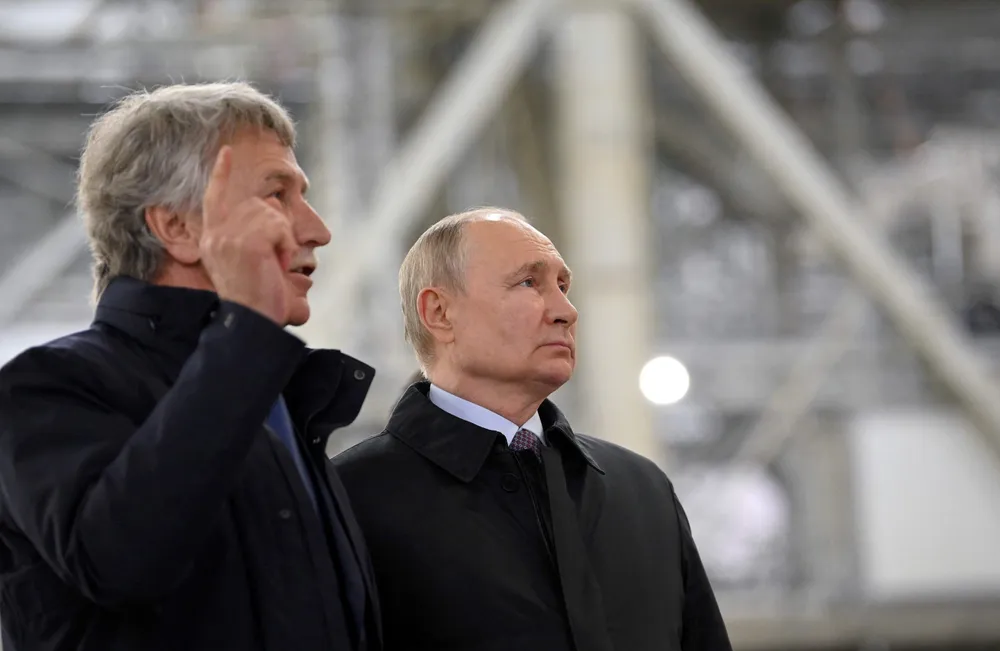Arctic LNG 2 to hit full capacity at first train early next year
President Putin and Novatek executive chairman oversee ceremony as first train begins journey from yard near Murmansk to West Siberia

President Putin and Novatek executive chairman oversee ceremony as first train begins journey from yard near Murmansk to West Siberia
